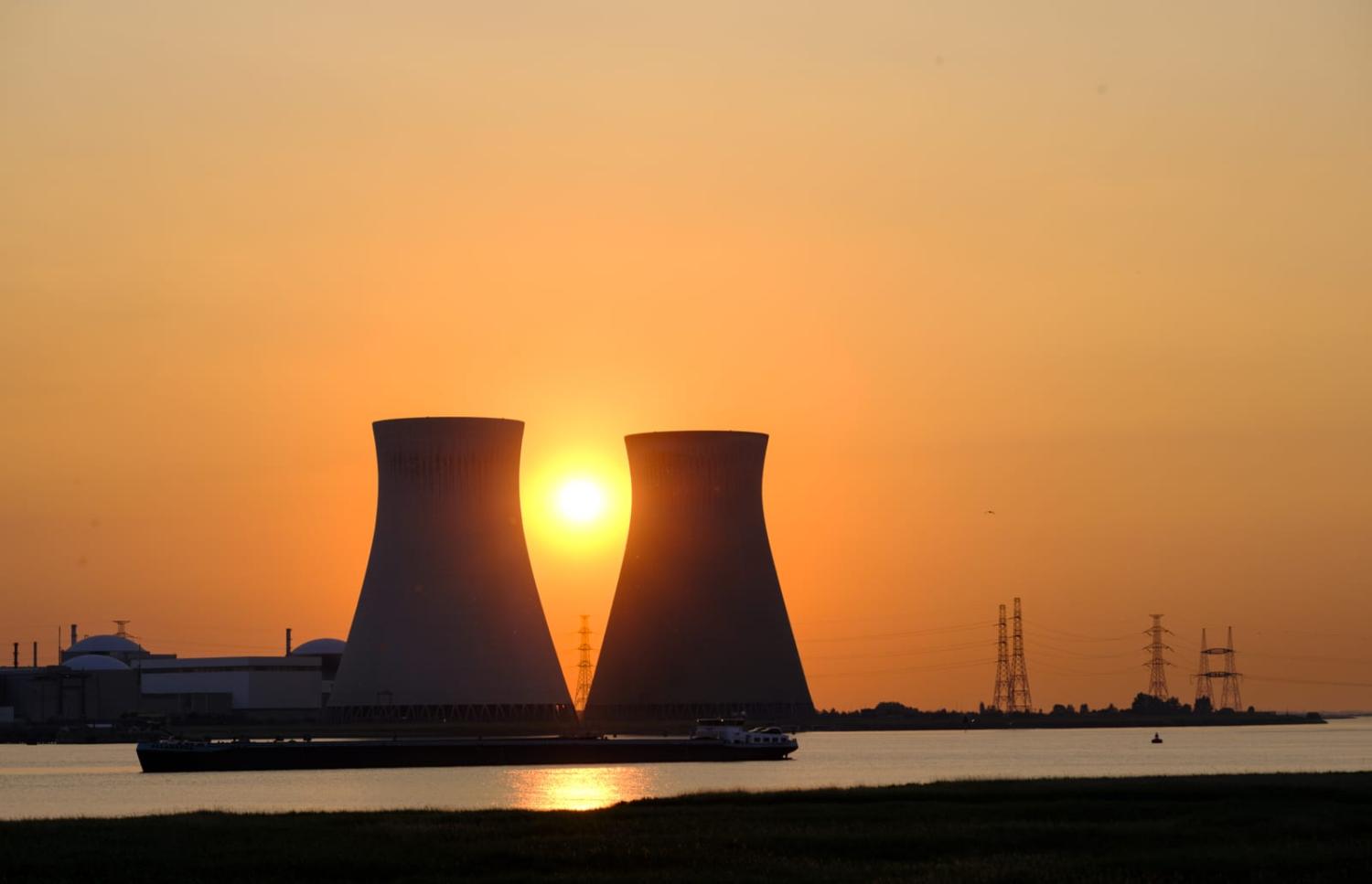Australia is investing billions of dollars as part of its AUKUS nuclear-powered submarines program. It will take years to be delivered. The enormous cost of this program contrasts with the small possibility that it will ever be used, yet many countries including Australia enhance their defence capability based on the theory that it will deter future conflicts.
But this is where Australia’s current relationship with nuclear technologies seems to be at odds with itself. Nuclear-powered submarines are on order. Nuclear power is not.
Limiting the technology to the military seems arbitrary. Dr Edward Obbard, a nuclear materials engineer at the University of NSW, summed it perfectly: “It is strange to prohibit the civilian benefits of something, yet embrace the military … why would we then not use that technology when we have all the pieces in place to do so?”
The Opposition has now pledged itself to be an advocate of nuclear power. The Labor government and crossbench rightly point at the Coalition’s failure to overturn the ban during its nine years in charge. However, a reactive – no pun intended – shunning of nuclear energy is irresponsible. For a government claiming a mandate to combat climate change, it should be open to all clean energy strategies with enough technological merit.
The debate on nuclear energy should not be viewed as a “distraction” but complementary to the ongoing investment into the renewable energy industry in Australia. Renewable sources of energy will continue to occupy a far larger share of the nation’s energy supply as they will in most other parts of the world. But all options should be considered.
The war in Ukraine exposed Europe’s over reliance on Russia and highlights the geopolitical risks associated with energy security. More countries are aiming to be self-reliant and diversify energy supply chains. Australia is fortunate to have access to vast supplies of sun and wind. But without its own budding solar panel and wind turbine manufacturing hubs, Australia is still reliant on externalities. Critical minerals play a big role in manufacturing of electric vehicles, solar panels and wind turbines, sourced from countries where political and economic strife can be common. And much like setting up a nuclear power plant, lead times for critical minerals projects, from discovery to production, can be in excess of 10 years. So, diversification of energy sources should be seen as key for true energy independence.
“We wasted ten years debating about whether climate change was real” remarked Climate Change and Energy Minister Chris Bowen on ABC TV’s Q&A panel last year, pointing to the delay in action by the previous Coalition government on climate change. Now that climate change is accepted by a majority across party lines, responsible debate is needed to judge the benefits and pitfalls of all clean energy strategies. Australia cannot afford to waste more time by shunning nuclear energy without more serious consideration. Ten years from now, do Australians again want to look back at today’s decisions as having been drawn along partisan lines rather than on technological merit?
The Fukushima accident in 2011 undermined public trust in nuclear and consequently investment in the nuclear industry decreased in many advanced economies. But perceptions are shifting again. Countries such as Belgium and Switzerland, having at one time adopted policies to phase out nuclear plants, are now either scaling back or not putting concrete end date on nuclear power. Last year, Belgium’s Energy Minister Tinne Van der Straeten reached an agreement to extend the lifespan of Belgium’s two nuclear reactors by 10 years, contrary to her own Green Party’s long held anti-nuclear agenda. Similarly, South Korea last year reversed its nuclear phase-out policy. And more surprisingly, Japan is restarting existing reactors and pledging to build a next generation of nuclear generators. These reversals dovetail the improved understanding of nuclear safety, waste storage, and advancements in the nuclear technology in the form of Small Modular Reactors (SMRs).
Here in Australia, the nuclear debate is trapped, caught in political spiral that is slowly descending from practicalities to fearmongering. Ignored amid claims of an “inherent risk to our farmers and farming land” or to the tourism industry is that all the nuclear waste generated in the United States since the 1950s can fit in a single football field. Transportation of radioactive waste has also proven exceptionally safe. Risks should be taken seriously – higher standards of regulation and safety practices are crucial. But so too should the risk-to-benefit ratio of tackling the impending realities of climate change be considered.
Investing in nuclear energy can also encourage skills development – both at home, and in attracting overseas talent. It will generate high paid jobs in Australia, with South Korea a good example where the growth in the nuclear industry coincided with the growth in other sectors of the economy. An Australian nuclear industry is likely to have a knock-on effect on the country’s science and technology sector, a sector that will play a crucial role in the ever growing clean energy and digital world.
Interest in nuclear energy is reviving globally, which means more investment, competition, and options. The European Parliament’s Committee on Industry, Research and Energy reported last year that more than 80 SMR designs are currently at different stages of development and deployment in 18 countries. Australia’s ambition to become a clean energy powerhouse needs to see the nuclear option as part of the debate, and as previous Lowy polling has shown, opinion is split. Conversations on the peaceful use of nuclear technology are likely to stick around as Australia builds its industrial capability and workforce to deliver AUKUS in the coming years.

